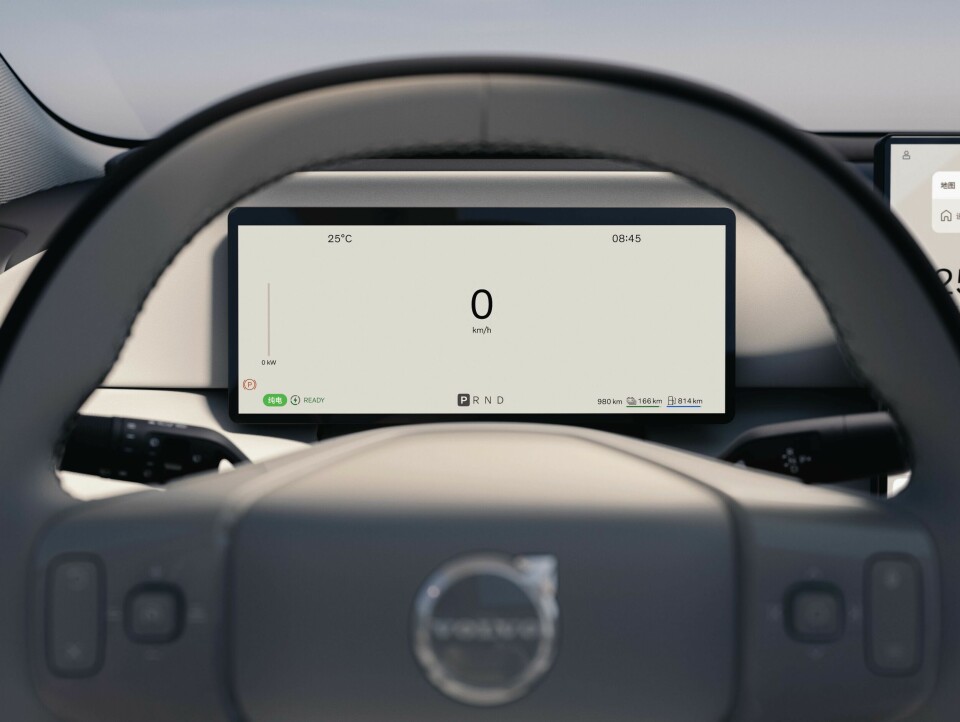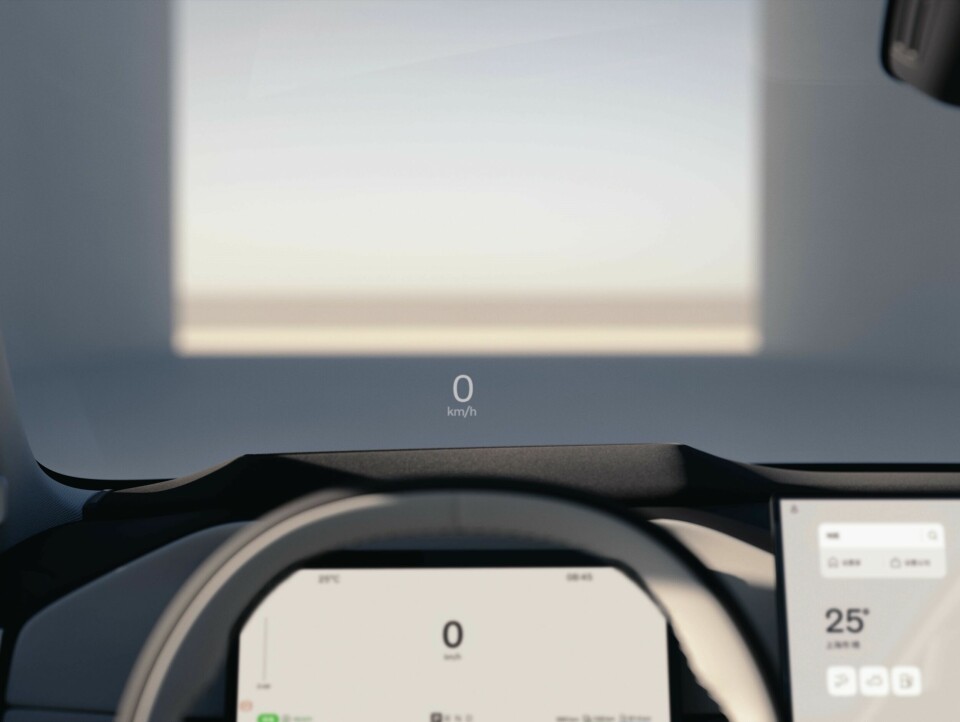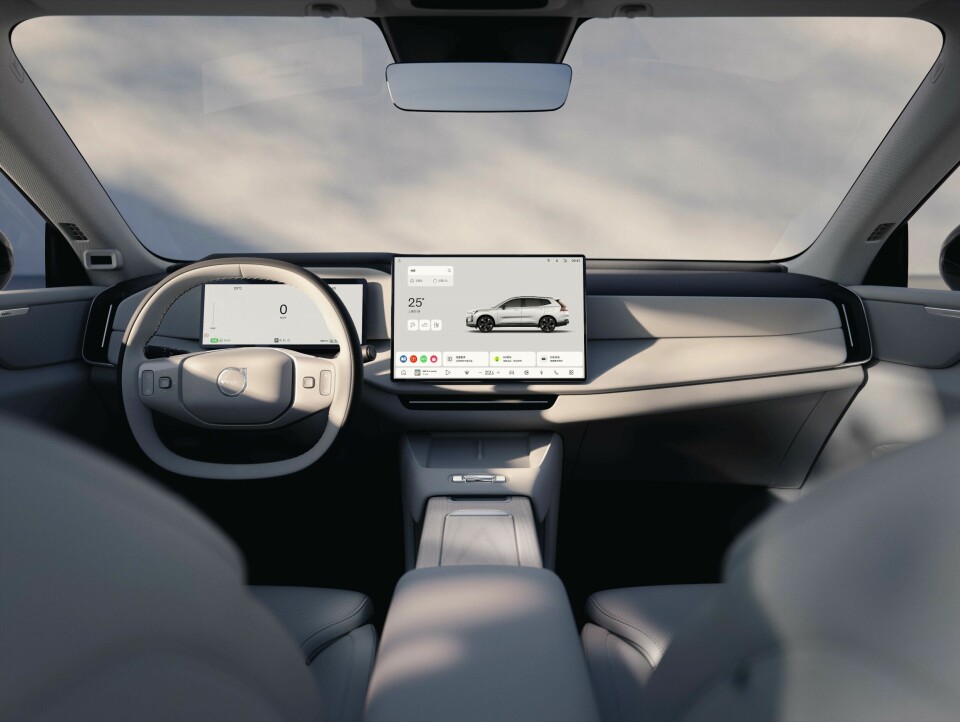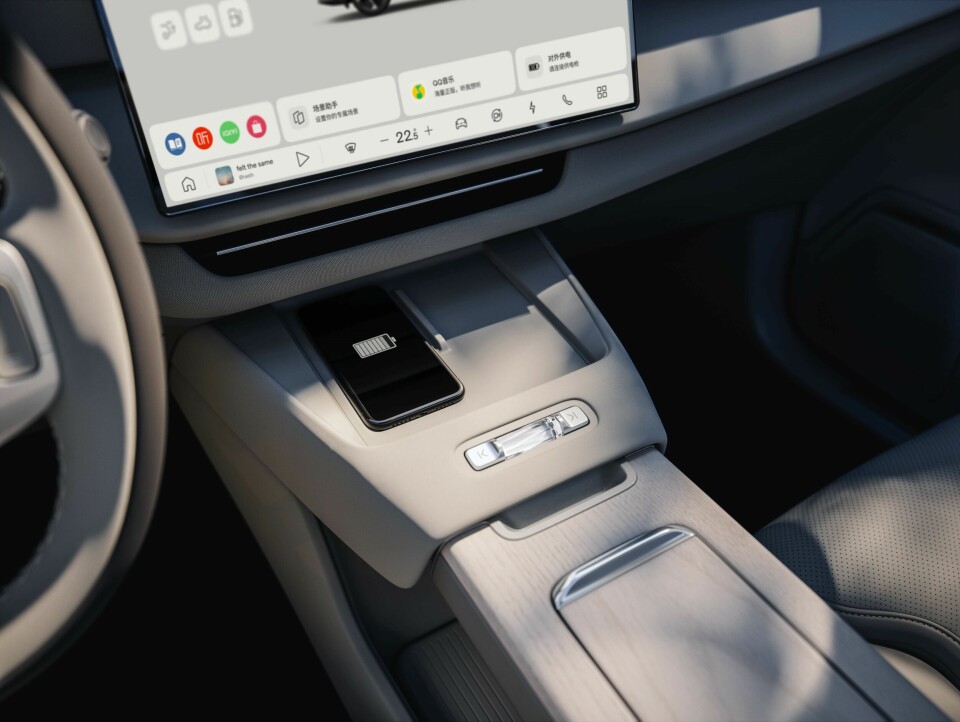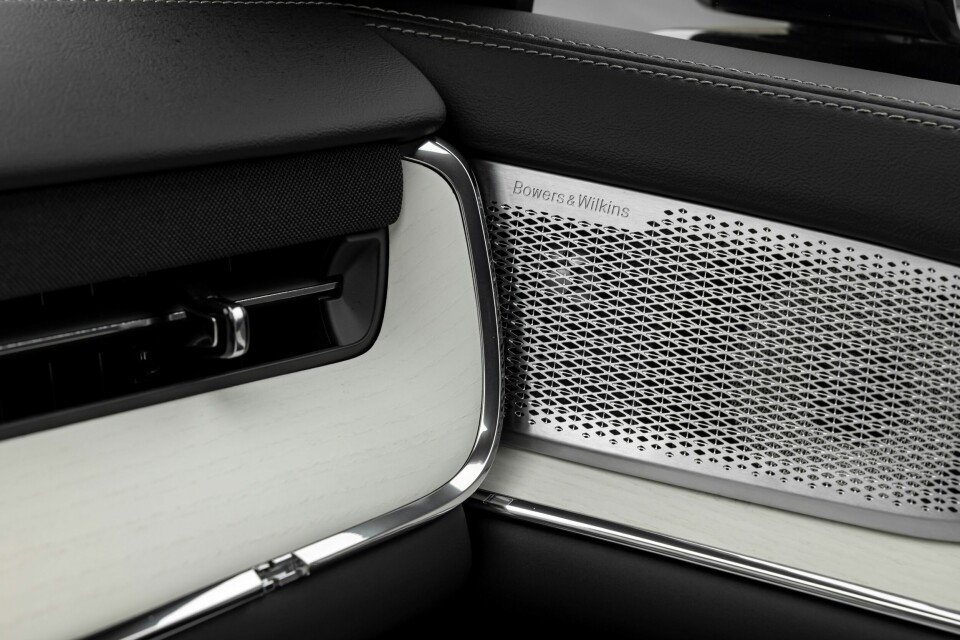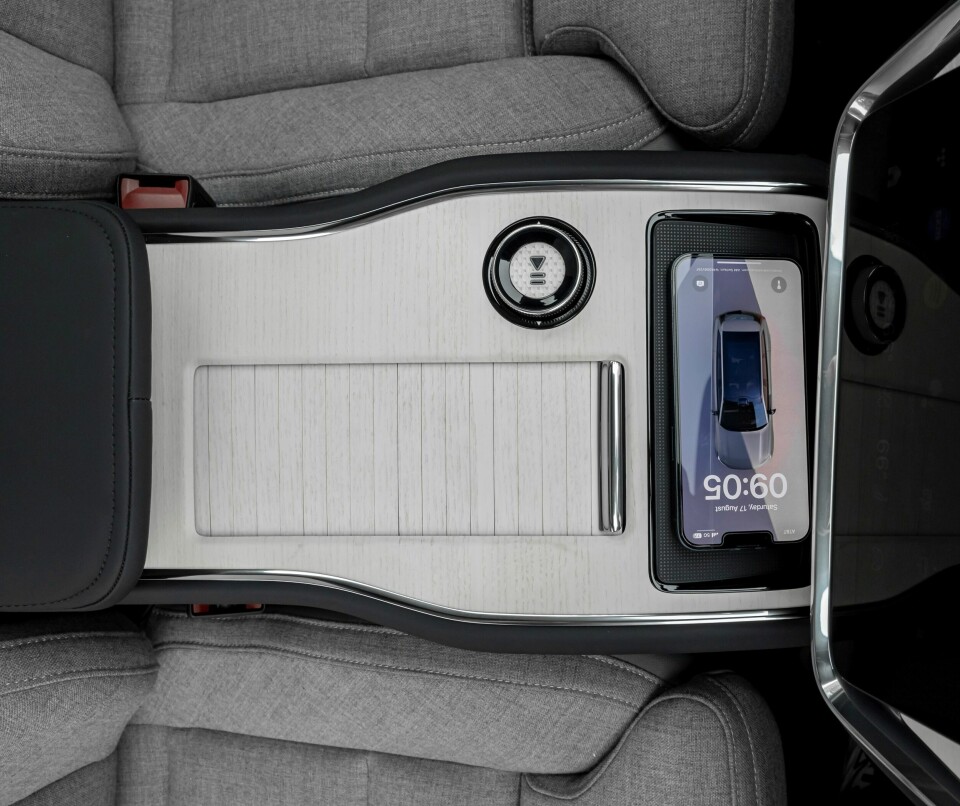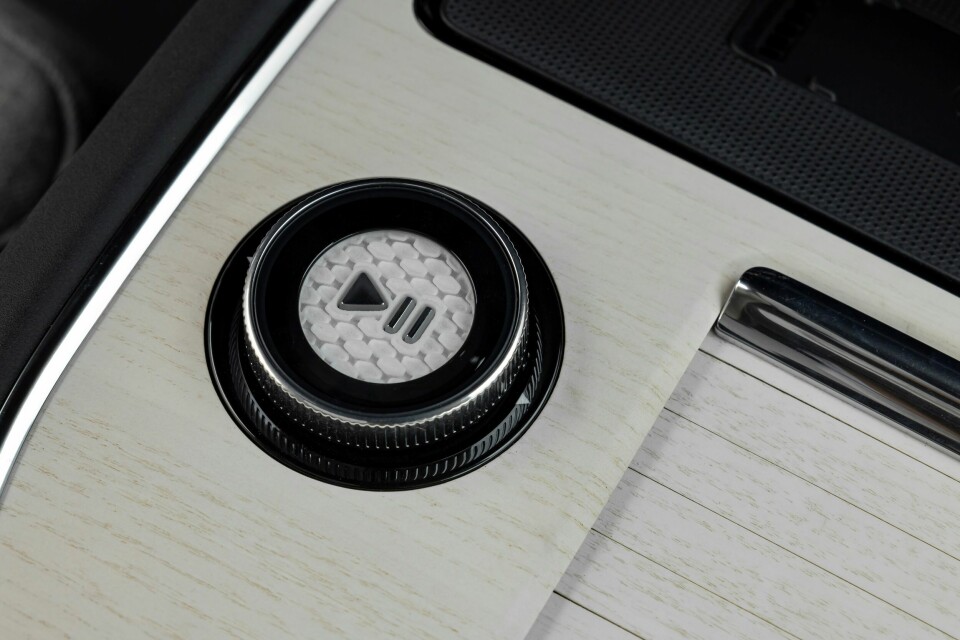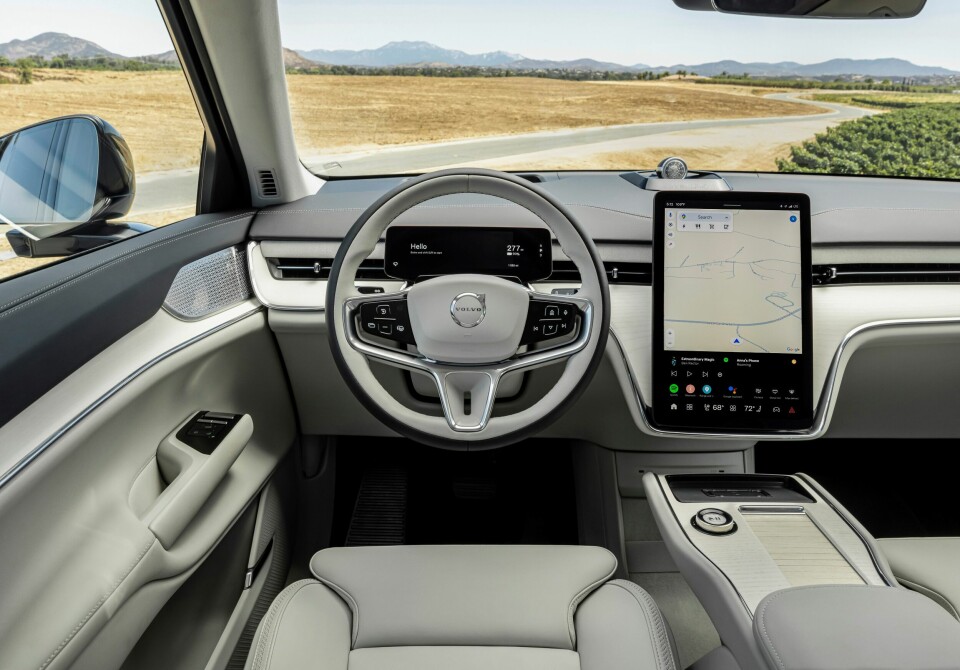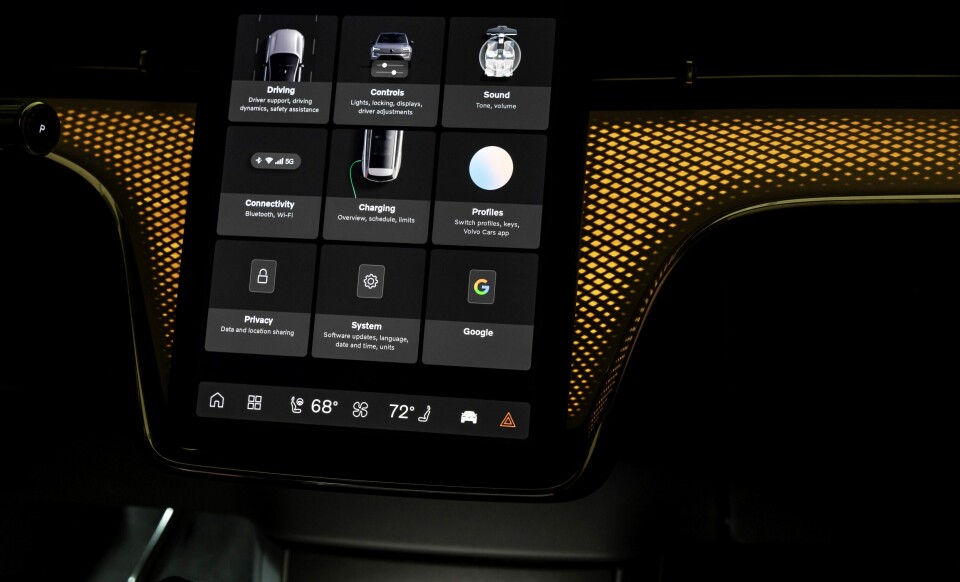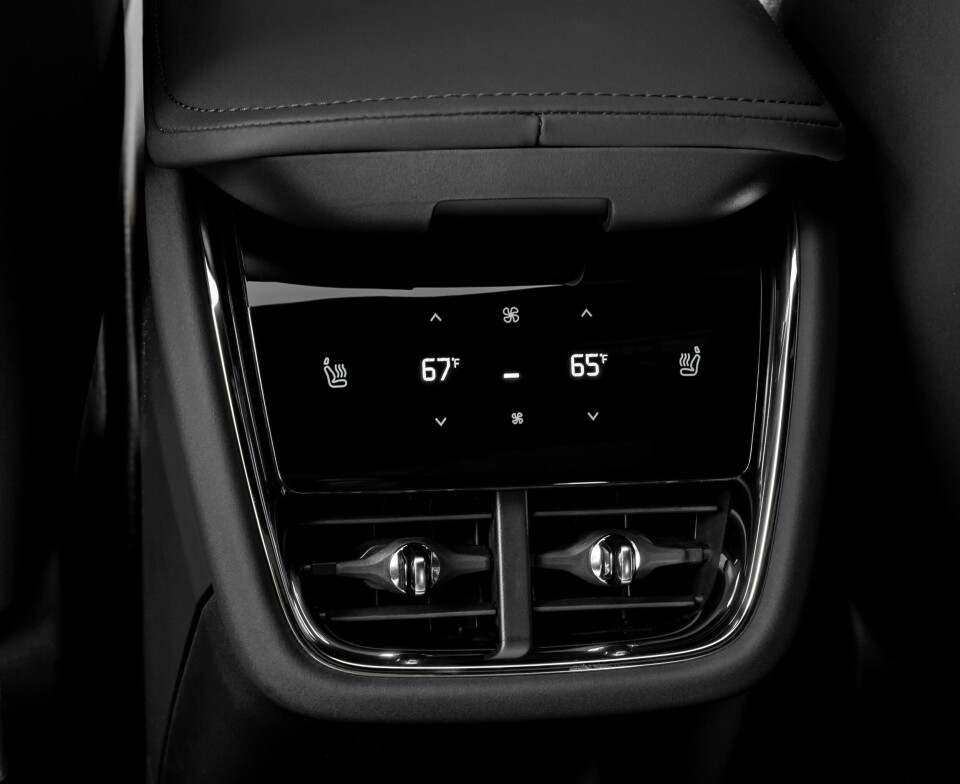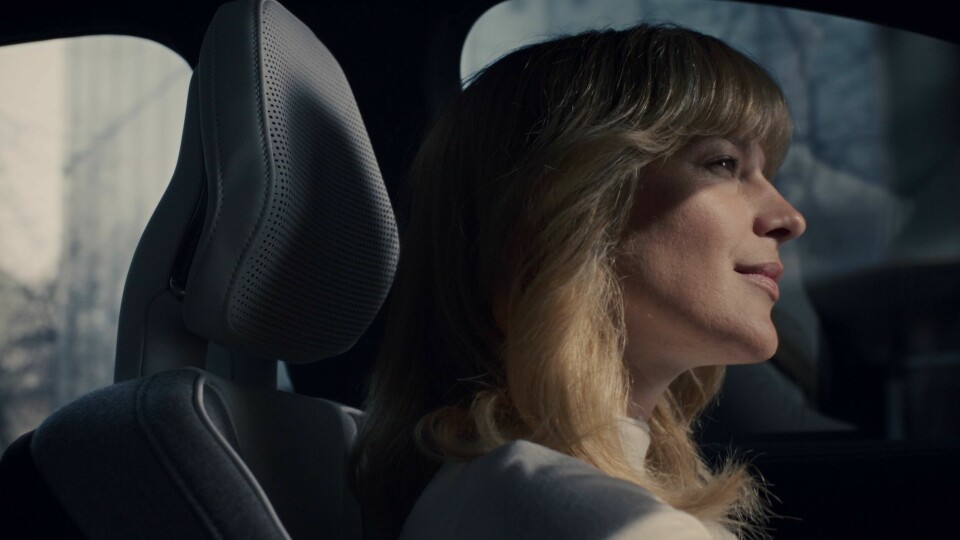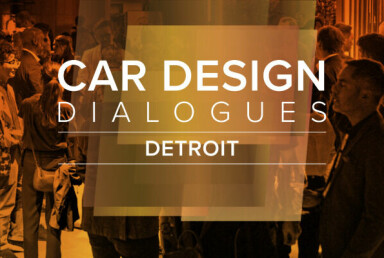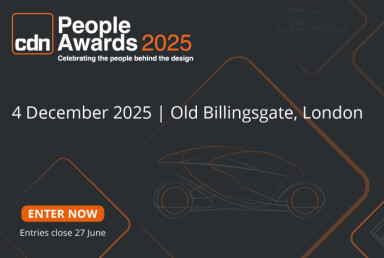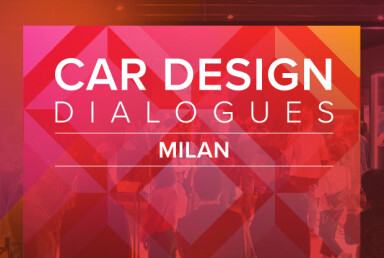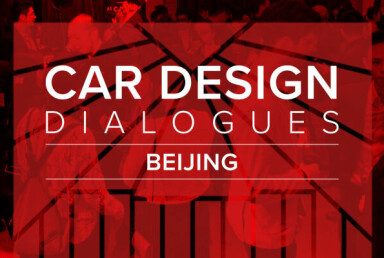User experience
Volvo Cars' head of UX highlights human-centric approach

UX design must consider humans first, says Thomas Stovicek, while functionality and character follow closely behind.
Drawing on its Scandinavian roots, Volvo Cars has long leveraged its strong sense of heritage to ensure its designs stand out from the crowd. But when it comes to software and UX, is the carmaker taking the same approach, providing customers with a distinctly Swedish experience inside the cabin?
Speaking to CDN, Thomas Stovicek, head of UX at Volvo Cars, describes the company’s key considerations for UX design and emphasises the need for a human-centric approach.
Car Design News: What is the Volvo Cars approach to UX design? Do you have a list of key themes or areas that you typically explore?
Thomas Stovicek: We believe that, when designed well, UX is essential for today’s cars and serves as a critical representation of the brand. We view UX as the combination of digital and physical interactions and interfaces, encompassing all modes in our holistic approach. It’s important that we always think holistically. Our key principles for UX are ‘Safe, Focused, and Enjoyable’.
Safety is, of course, a fundamental Volvo belief, but in the context of driving, it means enabling safe and intuitive ways to interact with the car’s technology. ‘Focused’ guides our philosophy of providing the right information, in a human and timely way. ‘Enjoyable’ adds the sense of fun or poetry that elevates products beyond pure functionality.
CDN: Is it difficult to stay centred on these three key principles given the enormous amount of tech coming into the vehicle?
TS: Many new technologies are converging in the car at once, from sensors to assisted driving, connectivity and electrification. To create a truly useful product, we must be both creative and diligent. Our human-centric technology philosophy supports this goal. Our choices in technology and features are guided by a desire to help people have a better day and move through their lives more easily, never to be gimmicky or trend-driven. Also, our UI framework is designed to be simple, consistent and predictable, ensuring a cohesive experience across all touchpoints.
CDN: Are you using UX design to differentiate your models from other market offerings?
TS: Software is a continuous medium that evolves across our products. We use UX design to express what makes Volvo unique and authentic as a brand across all our cars. Our approach is rooted in Scandinavian design principles: human-centric, functional, and poetic. In the digital space, this translates into experiences that are structured in layout, consistent in behaviour, meaningful in purpose, and clean in visual expression. You can see this philosophy reflected in how we design our interface. For example, the home screen prioritises the functions people use most, arranged in a logical and intuitive way. The system and context bars are designed to behave consistently, adapting to the driver’s needs while maintaining a sense of predictability and understanding.
CDN: You’ve mentioned the human-centric approach a few times. Is this focus one of the main differentiators for the company?
TS: Our human-centric technology philosophy means we add technology with purpose. We focus on clarity and usability, avoiding duplication of information or features when it doesn’t enhance the experience.
The features we focus on in the centre screen are around improving the navigation, controlling the car, customising the comfort of your ride – all those real everyday things. Or adding enjoyment, like we did with providing Bowers and Wilkins and the Abbey Road Studios Mode in the EX90. It’s an amazing sound experience.
Personally, I can sit there for a long time comfortably in the car listening to music. Ultimately, our UX isn’t about being flashy or overly complex. It’s about creating a simple, robust and distinctly Volvo experience that helps people feel safe, joyful, focused, and connected, no matter which model they drive.
CDN: With the increasingly digitalised cabin that implements AI, AR, ADAS, voice assistants, giant screens and smart surfaces (to list a few), might there be a teething issue with ensuring all this tech is connected and provides a seamless UX?
TS: Our goal is always to deliver a holistic experience. All this tech converging in the car at once brings tremendous opportunities to enhance the experience, but also the risk of complexity if not approached thoughtfully. The key lies in how these modalities work together – screens, physical controls, sound, and tactility all play a role. When considered in isolation, they can easily clash. But when we understand the strengths and limitations of each modality and design them to complement one another, the result is a more intuitive and seamless experience.
CDN: How do you make sure they don’t clash?
TS: We always start from the user’s purpose during design and implementation. What is the driver or occupant trying to accomplish? We have to constantly ask this, rather than considering individual technologies or features. Our UX designers work hard to learn from people, and collaborate closely across disciplines to ensure the experience feels coherent, safe, and natural. We prototype and test extensively throughout the design process to make sure everything works together as one connected system. In the end, it’s not about adding more technology for its own sake, but about integrating it in a way that feels effortless and distinctly Volvo.
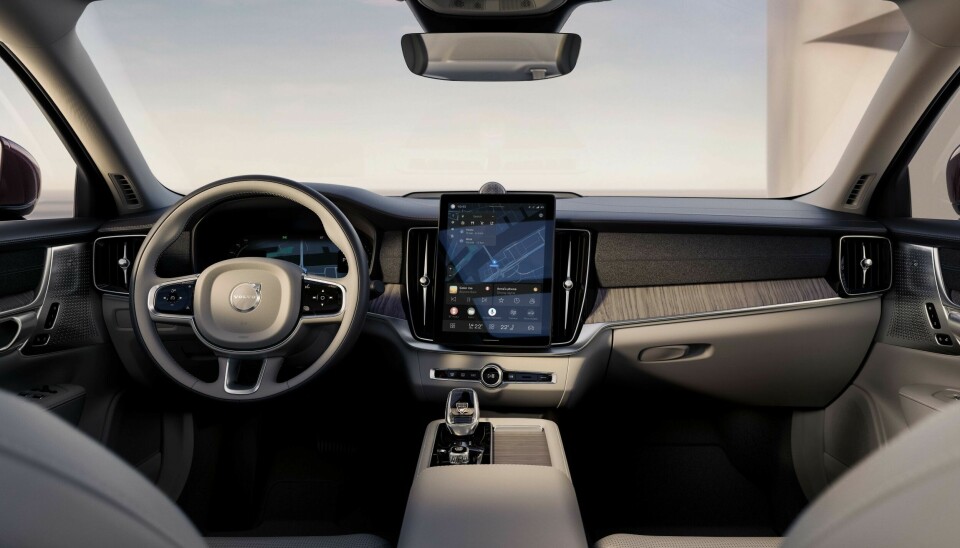
CDN: While considerable focus has been directed to digital development and experience, how important is the physical aspect – the work of your colleagues in CMF – in creating a unique user experience?
TS: Digital and physical experiences are inseparable. They live together and must be designed together. The way a driver interacts with the car spans across materials, form, light, sound and digital interfaces hence it is essential that these elements feel connected and consistent.
We work closely with our CMF and brand teams to ensure that the digital experience aligns with the broader design direction and strategy of the car. This collaboration helps us create a unified expression of Volvo’s identity – one that feels both human and distinctly Scandinavian, of course. At the same time, the digital experience has its own life. It can evolve over time through updates and extends beyond the car into the wider Volvo ecosystem.
And the digital space is its own unique medium that we should leverage. Our goal is to make sure that whether it’s physical or digital, every interaction feels cohesive, purposeful, and true to the Volvo experience.
